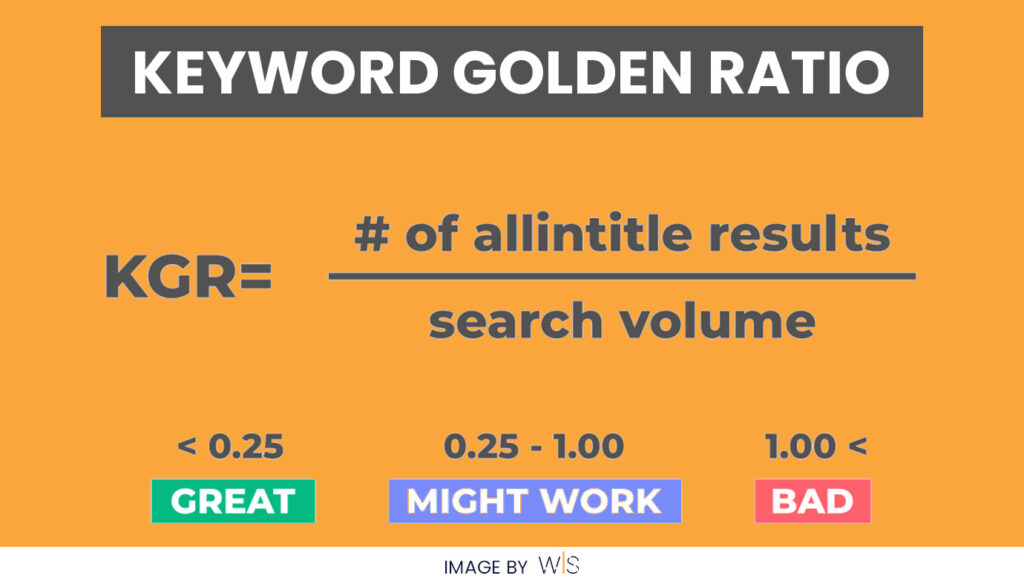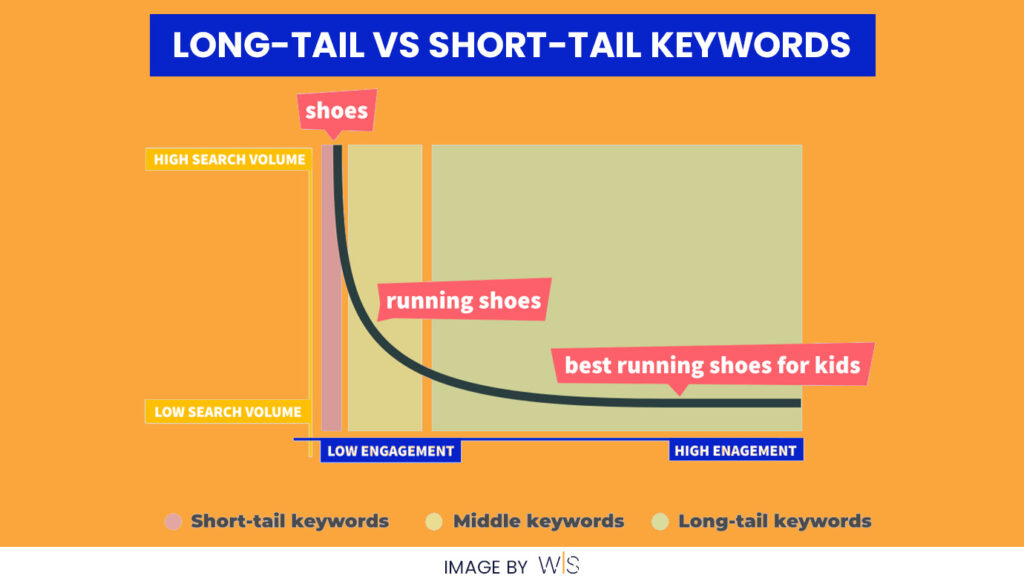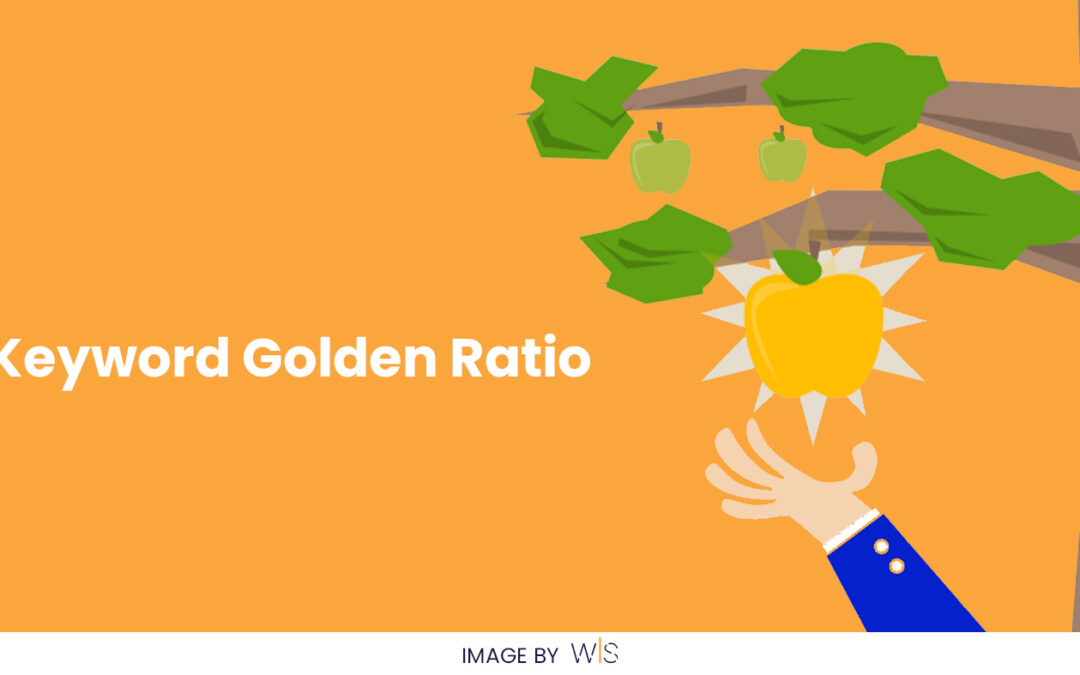Keyword Golden Ratio | The Secret To Quick SEO Wins!

In the ever-changing world of Search Engine Optimisation (SEO), staying ahead of the curve is critical for digital marketers and content creators. The Keyword Golden Ratio (KGR) is a recently popular strategy. This approach has emerged as a game changer in the pursuit of organic traffic and improved search engine rankings. In this blog post, we’ll look at the Keyword Golden Ratio, including its significance, implementation, and potential benefits.
Understanding the Keyword Golden Ratio
Before delving into the nuances of KGR, it’s important to understand the fundamental concept. The Keyword Golden Ratio is a metric developed to identify keywords with low competition and high search volume, providing a strategic advantage to content creators aiming to rank on search engine results pages.
Why KGR Matters
In today’s highly competitive digital landscape, targeting high-volume keywords can be difficult, particularly for new websites or those with limited authority. Here’s where the Keyword Golden Ratio shines. Focusing on long-tail keywords that meet the KGR criteria (typically a ratio of less than 0.25), marketers can carve out a niche, avoiding fierce competition and attracting targeted organic traffic.
Implementing KGR in Your SEO Strategy
Keyword Research:
Calculate KGR:

For each keyword, use the formula: (# of Allintitle Results / Search Volume). To achieve the best results, keep the ratio below 0.25. ‘All in title results’ is an advanced Google search operator that outputs results containing all of the words in the post’s meta title. So search a keyword in google as, “allintitle: results”, next see how many results are displayed on SERP and then check the monthly search volume for that particular keyword using tools like Ahrefs or other SEO tools. Divide the results by the volume and you should have the KGR for that keyword.

The search volume for this keyword is 20 which means when you divide the results i.e. 55 by 20, the KGR comes as 0.36 which means this would rank faster among the 250 pages without having to push link building.
Now the KGR is evaluated on the basis of three results:
< 0.25 = Great
0.25 – 1.00 = Might Work
> 1.00 = Bad
Content Creation:
Create high-quality, informative content centred on KGR keywords. Make sure your content is well-structured, engaging, and optimised for both users and search engines.
Track and Analyse:
Use analytics tools to measure content effectiveness. Adjust your strategy as needed based on the information gathered.
Benefits of KGR
Improved Visibility:
Targeting low-competition keywords with high search volume can increase your website’s visibility on SERPs, resulting in more organic traffic.
Higher Ranking Potential:
KGR enables targeted keyword competition, leading to higher search rankings and increased organic traffic to your website.
Targeted Traffic:
KGR keywords align with user intent, leading to higher conversion rates and engagement.
Cost-Efficiency:
Unlike traditional SEO strategies that require significant investments in time and resources, KGR provides a cost-effective way to drive organic traffic and achieve tangible results.
How Does KGR Help With Ranking?
Competition Analysis:
KGR is calculated as the ratio of the number of Google search results for a ‘specific keyword’ to its monthly search volume. Focusing on keywords with a low ratio (typically less than 0.25) allows you to target terms with fewer competing pages on Google. It also helps your website rank among the top 50 pages of Google faster than the usual process.
Reduced Competition:
Targeting long-tail keywords or phrases with low competition improves your chances of ranking higher in search engine results pages. Because these keywords have fewer competing pages, it is easier to achieve a high ranking in search results than highly competitive terms.
Increased Relevance:
KGR encourages tailoring content to user intent by targeting specific, relevant keywords. Addressing users’ search queries directly increases your chances of attracting organic traffic from people who are actively looking for information regarding your content.
Quality Content Focus:
Implementing KGR often requires creating informative content based on targeted keywords. Search engines such as Google prioritise content that adds value to users, resulting in a better user experience and higher rankings.
Long-Term Results:
Investing in low-competition keywords with consistent search volume ensures long-term SEO success. While ranking for highly competitive keywords can be difficult and resource-intensive, KGR allows you to establish a foothold in your niche and gradually expand your presence.
Conversion Potential:
KGR keywords drive more targeted traffic by closely matching user intent.
Theory Behind Ultra-Long Tail Keywords & Google Sandbox

Ultra Long-Tail Keywords:
The term “ultra long-tail keywords” refers to search queries that are highly specific and detailed, containing multiple words or phrases. Ultra long-tail keywords are typically four or more words long and highly specific to a specific query or topic.
Insight:
Precision Targeting:
Ultra long-tail keywords enable content creators to target highly specific audience segments. Businesses that address niche queries can connect with people who are actively looking for very specific information or solutions.
Reduced Competition:
Ultra long-tail keywords typically have lower competition compared to broad search terms. This can help websites rank higher on search engine results pages (SERPs) and attract relevant organic traffic.
Higher Conversion Rates:
Users who search for ultra-long keywords are more likely to be in the purchasing process. They frequently know exactly what they’re looking for, making them more likely to become customers or perform desired actions on a website.
Enhanced User Experience:
By catering to ultra tail long keywords, businesses can provide more targeted and relevant content to their audience. This helps improve user experience by delivering precisely the information or solutions users are seeking.
Google Sandbox:
The term “Google sandbox” refers to a concept in which Google may subject new websites to a probationary period. During this period, which is expected to last between 3 and 6 months, the website may not rank well for competitive keywords. The sandbox is designed to prevent new websites from manipulating search engine rankings by rapidly acquiring a large number of backlinks.
Insight:
Gradual Ranking Improvement:
Websites in the Google sandbox may have limited visibility for competitive keywords. However, as the website gains authority, quality backlinks, and trustworthiness, it gradually leaves the sandbox and begins to rank higher for targeted keywords.
Focus on Long-Tail Keywords:
While in the sandbox, new websites can focus on less competitive long-tail and ultra long-tail keywords. This enables them to attract organic traffic and establish a presence in their niche, while gradually gaining authority and trust from search engines.
Quality Content and Backlinks:
To quickly exit the sandbox, new websites must focus on producing high-quality, valuable content and acquiring natural backlinks from authoritative sources. This helps to establish credibility and signals to Google that the website is worthy of higher rankings.
The Takeaway
In an era of fierce competition and ever-changing search algorithms, mastering the art of SEO is critical for online success. The Keyword Golden Ratio represents an appealing opportunity for marketers to gain a competitive advantage by avoiding fierce competition and attracting targeted organic traffic. Understanding its principles, implementing a strategic approach, and leveraging its benefits will allow you to maximise KGR’s potential and propel your website to SEO success.

